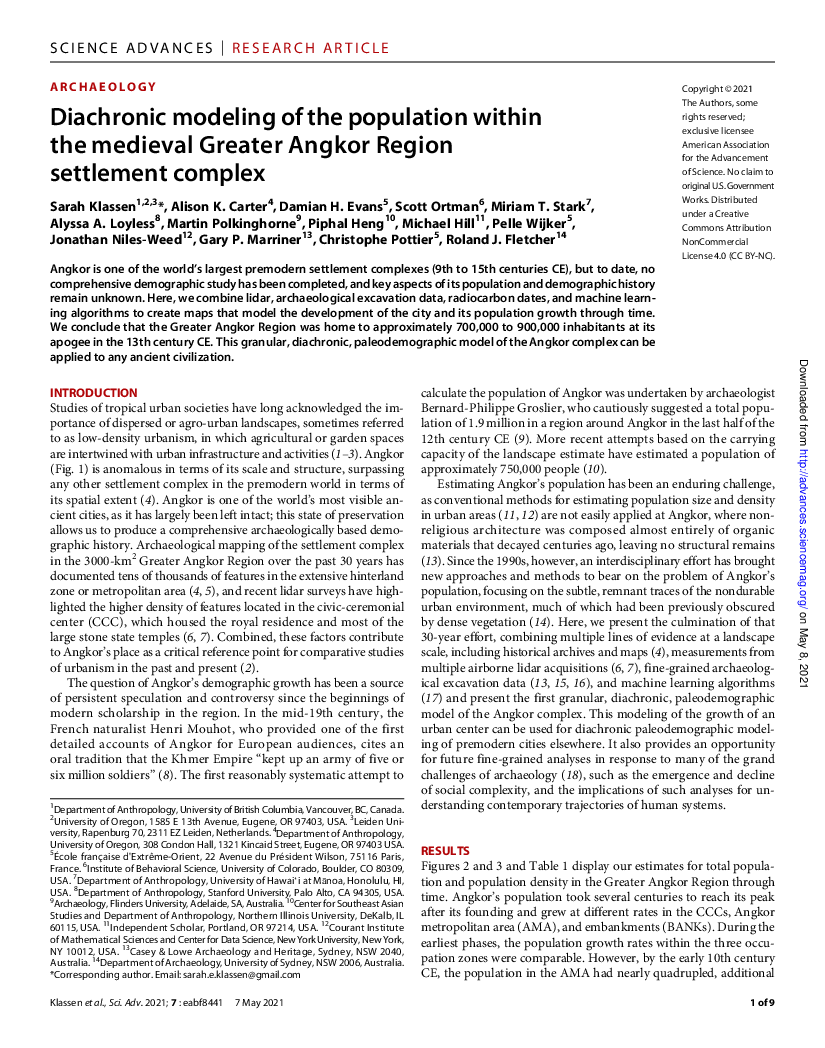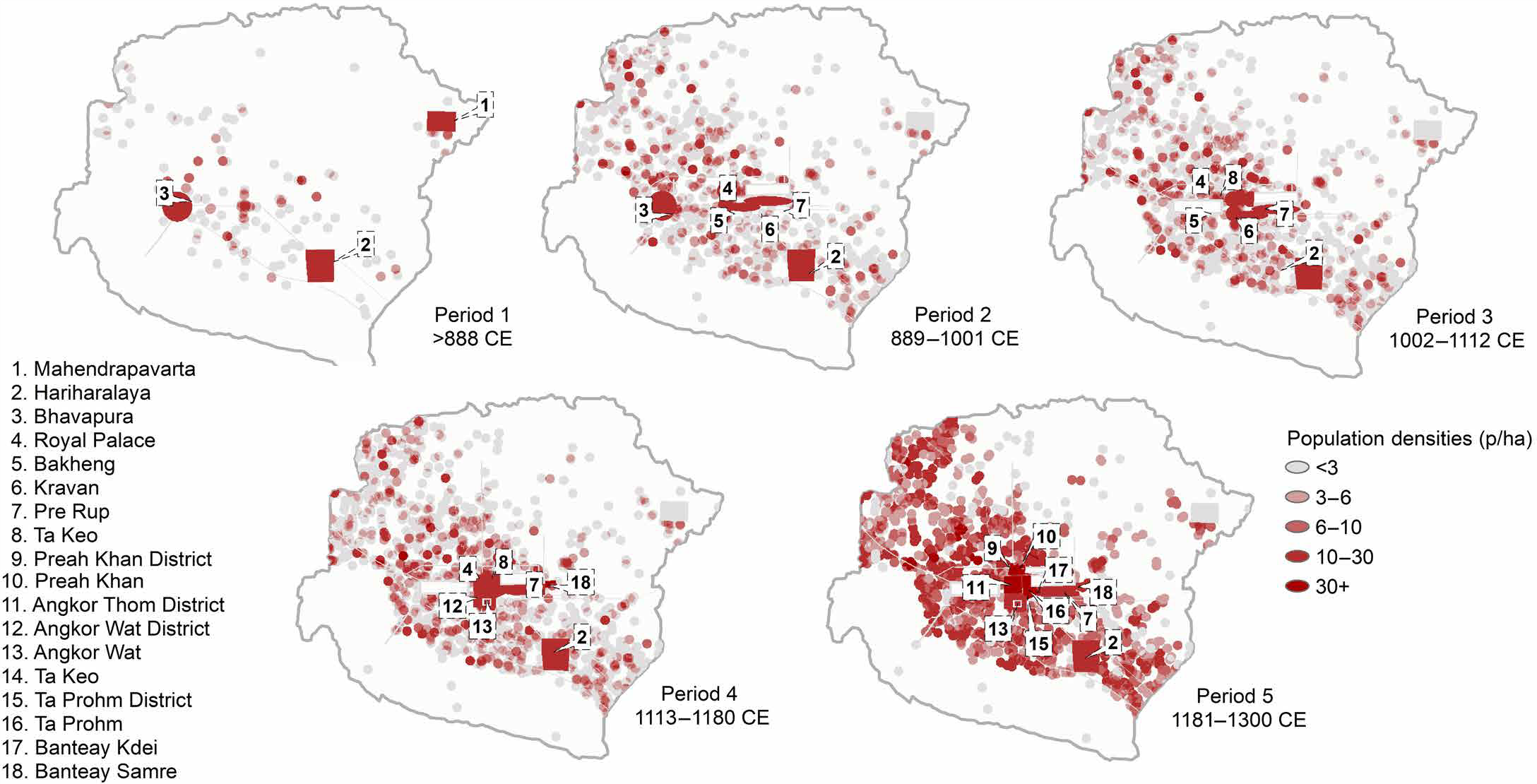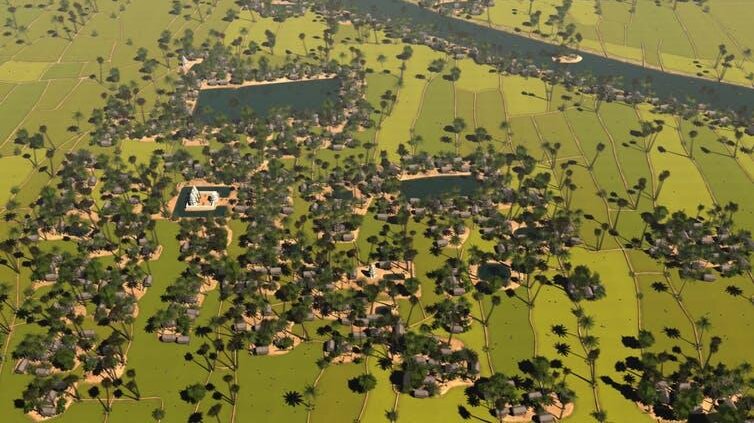Diachronic modeling of the population within the medieval Greater Angkor Region settlement complex
by Sarah Klassen & Damian Evans & Roland Fletcher & Christophe Pottier & Miriam T. Stark & Alison K. Carter & Piphal Heng & Martin Polkinghorne
The first systematic and multidisciplinary study on demographics in Angkor, concluding that population reached 700 to 900,000 inhabitants at its peak.
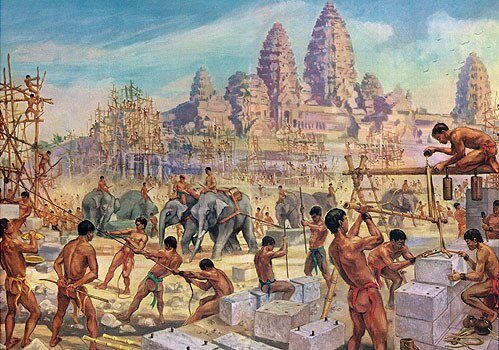
Publication: Science Advances, n 7
Published: May 7th, 2021
Authors: Sarah Klassen, Damian Evans, Roland Fletcher, Christophe Pottier, Miriam T. Stark, Alison K. Carter, Piphal Heng & Martin Polkinghorne
Pages: 9
pdf 798.1 KB
From the introduction: ‘Angkor is one of the world’s largest premodern settlement complexes, but to date, no comprehensive demographic study has been completed, and key aspects of its population and demographic history remain unknown. Here, we combine lidar, archaeological excavation data, radiocarbon dates, and machine learning algorithms to create maps that model the development of the city and its population growth through time. We conclude that the Greater Angkor Region was home to approximately 700,000 to 900,000 inhabitants at its apogee in the 13th century CE. This granular, diachronic, paleodemographic model of the Angkor complex can be applied to any ancient civilization.’
The multidisciplinary study covers demographic changes in the Angkor region through the centuries (9th-15th), distinguishing three main types of population settlements: Civic-Ceremonical Centers (CCCs), Angkor metropolitan area (AMA), and embankments (BANKs).
Reconstitution of a medieval settlement with local shrine
Angkor Database input:
In comparison,
London population in 1450 was 1,900,000
Paris population in 1400 was 280,000
Beijing population in 1448 was 960,000, in 1644 144,000, in 1647 539,000
Athens population in 317 BCE was around 250,000 (with some 150,000 slaves and ‘metics’ (foreign residents))
- Complementary materials available here.
- Sarah Klassen has published a somewhat less scholarly version in The Conversation (8 May 2021), “A Metropolis Arose in Medieval Cambodia”.
- Full list of authors: Sarah Klassen, Alison K. Carter, Damian H. Evans, Scott Ortman, Miriam T. Stark, Alyssa A. Loyless, Martin Polkinghorne, Piphal Heng, Michael Hill, Pelle Wijker, Jonathan Niles-Weed, Gary P. Marriner, Christophe Pottier, Roland J. Fletcher.
- Watch Alison K. Carter’s video presentation of the research, How many people lived at Angkor តើមានមនុស្សប៉ុន្មាននាក់ដែលបានរស់នៅអង្គរ? (in Khmer).
Photo: Angkor seen by artist Maurice Fievet (devata.org)
Tags: demographics, decline and fall, Khmer Empire, settlements, archaeology, lidar
About the Authors
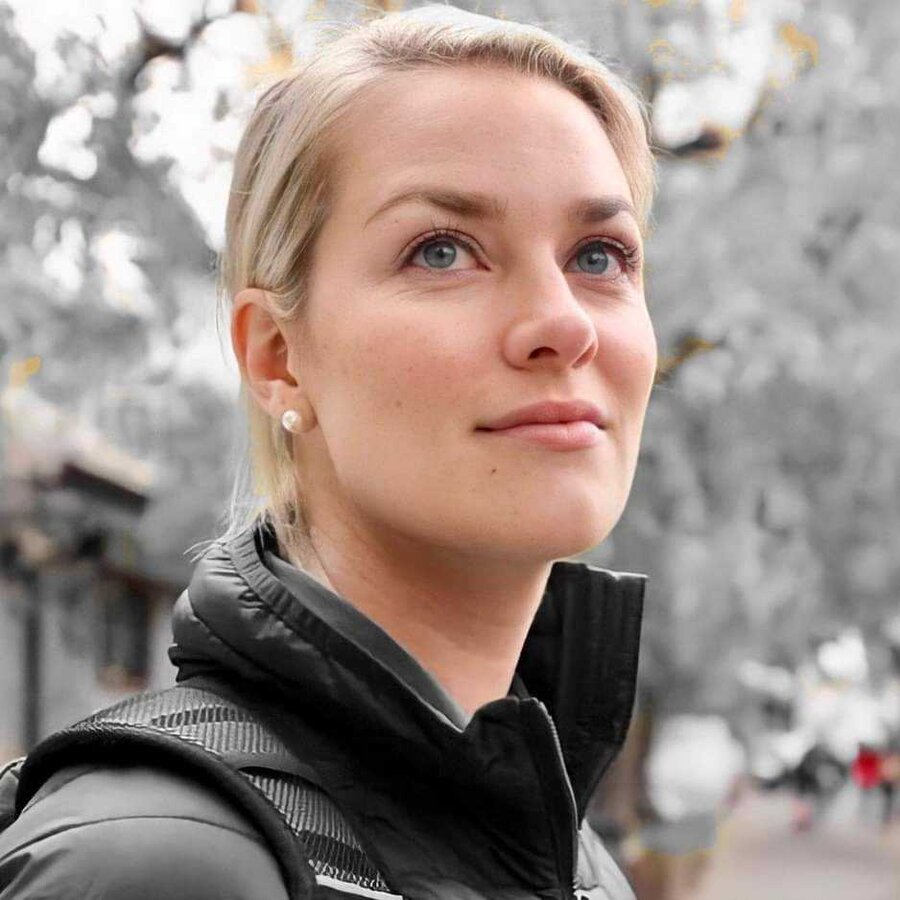
Sarah Klassen
Sarah Klassen is the co-director of the Cambodian Archaeological Lidar Initiative (CALI), as well as the lead investigator of the Koh Ker Archaeological Project (KKAP) and the Beyond the Greater Angkor Region Project (BGAR).
In recent years, imagery from two lidar acquisitions were used to map seven previously concealed and undocumented dense urban landscapes surrounded by much lower density peripheries in medieval Cambodia (9th – 14th centuries CE). The revelation of these urban areas suggests that a complex web of agricultural and occupation spaces linking more densely inhabited urban nuclei may have been a ubiquitous, defining feature of Khmer landscapes.
Sarah Klassen’s research (after her PhD in Anthropology from Arizona State University in 2018 and a post-doctorate at the University of British Columbia) contributes to interdisciplinary dialogues of urbanism, resilience, and water management by providing empirical evidence of the resilience of these cities over time.
A board member of the Journal of Impact Archaeology, Sarah Klassen is currently completing a post-doctorate at Leiden University (The Netherlands).
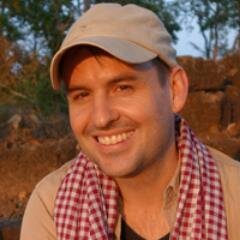
Damian Evans
A Canadian-Australian researcher, Damian Evans (d. 12 Sept 2023, Paris, France) focused on archaeological landscapes in mainland Southeast Asia, in particular those of the Khmer Empire.
He specialized in using advanced remote sensing technologies such as airborne laser scanning (or “LIDAR”) to uncover, map and analyse the urban and agricultural networks that stretched between, and beyond, great temple complexes such as Angkor in Cambodia.
Fellow researcher with the University of Sydney, then the Institut Francais d’Etudes Asiatiques, then EFEO, he has published several essays on Angkorian archaeology and mapping.
“In 2015, his team carried out the most extensive airborne study ever taken by archaeologists – using a laser radar mounted on a helicopter to scan an area of the jungle in Cambodia comparable in size to greater London”, read his obituary in The Guardian.

Roland Fletcher
One of the leading instigators of the Greater Angkor Project, Professor of Theoretical and World Archeology at The University of Sydney (Australia), Roland Fletcher has inspired several multi-disciplinary research campaigns on the Angkor civilization, including the Lidar (airborne laser imaging) survey of Angkor, Phnom Kulen, Beng Melea, Oudong, Koh Ker and other areas.
During three decades, Prof. Roland Fletcher has studied the process of human settlement growth and decline, as part of an analysis of large-scale cultural phenomena over time. His major essay, The Limits of Settlement Growth, was published by Cambridge University Press in 1995, with a completed edition in 2007.
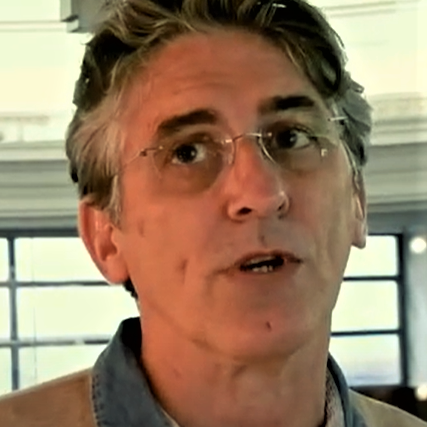
Christophe Pottier
Christophe Pottier (1966, Mayenne, France) is an archeologist and architect who worked with EFEO mission to Angkor from 1992 till 1999. Previously, he was involved in the restoration of the Khmer temple of Phanom Wan in Thailand, and the indexation of the Angkor related documentation preserved in the EFEO archives in Paris, under the direction of Bruno Dagens.
Assisting the Conservation of Angkor, Christophe Pottier took part in the restoration of the Terrace of The Leprous King (Angkor Thom), a vast effort left unfinished in 1973 when the Khmer Rouges stopped all conservation activities in Angkor. Later on, he Christophe Pottier directed the restoration of the northern staircase at the Terrace of the Elephants, completed in March 1999.
Head of the EFEO Siem Reap center at the start of the 2000s, he contributed to the identification of several hundreds new sites in the area of Angkor, which allowed him to reconsider settlements patterns and densities and to reassess ancient spatial layouts and organisations, which underline and specify the concept of territory in the Angkorian “cities”. This research continues since in the northern area of Angkor.
In addition, Christophe Pottier has headed since 1999 the Cambodian-French Archaeological Mission on the Angkor Region. He is associated since 2000 with the Greater Angkor Project led by Prof. Roland Fletcher, focusing on the spatial and chronological understanding of the decline and fall of Angkor as a center of power. Also, with R.K. Chhem (Western Ontario Univeristy) and A. Kolata (Chicago University), he initiated in 2005 a new Angkor Medieval Hospitals Archaeological Project.
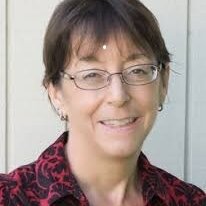
Miriam T. Stark
Professor Miriam T. Stark has worked in Southeast Asian archaeology since 1987 and currently directs field-based archaeological research programs in Cambodia that focus on political economy and state formation.
She is a co-director of the Lower Mekong Archaeological Project and a co-investigator with the Greater Angkor Project and the Khmer Production and Exchange Project.
Since 1995, she has taught in the Department of Anthropology at the University of Hawai’i at Manoa, with specialties in East and Southeast Asian Archaeology and Archaeological Method and Theory.
She also lectured on the AIA’s national circuit Cultural Heritage Policy Committee (2013 – 16 term), focusing on ancient trade networks that linked Southeast Asia to the rest of the Old World, and the origins of Southeast Asian civilizations, with a particular focus on the rise of the Khmer Empire.
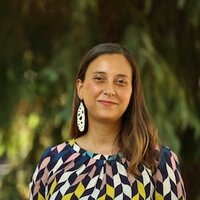
Alison K. Carter
An Assistant Professor in the Department of Anthropology at the University of Oregon, USA, Alison Kyra Carter researches the political economy and evolution of complex societies in Southeast Asia. Other research interests include the archaeology of East and South Asia, materials analysis and LA‐ICP‐MS, craft technology and specialization, household archaeology, ritual and religion, trade and exchange, and bead studies.
Alison Carter is currently Principal Investigator and Project Co-Director (with Miriam T. Stark) of P’teah Cambodia, an archaeological investigation of Pre-Angkorian, Angkorian, and Post-Angkorian residential spaces in Battambang Province. The project started in May-June 2018 with excavations near Prasat Baset Temple (see project website).
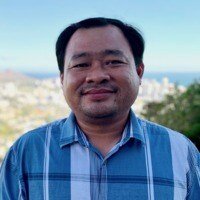
Piphal Heng
Heng Piphal is a Cambodian archaeologist, currently a postdoctoral scholar at UCLA-Cotsen Institute of Archaeology.
After receiving his degree in archaeology from the Cambodia’s Royal University of Fine Arts in 2002, and a MA and PhD degree in Anthropology from the University of Hawai‘i at Mānoa in 2018, Heng Piphal was a ACLS-Robert H. N. Ho postdoctoral fellow at the Center for Southeast Asian Studies & Department of Anthropology, Northern Illinois University from 2019 to 2021.
His resarchthemes include religious change, urbanism, settlement patterns, political economy, and sociopolitical organizational shift, as well as the intersection between heritage management, collaborative/public archaeology, knowledge production, and urban development.
His current project explores the transformation of urban and rural settlements in response to the demographic and political changes that took place with the adoption of Theravada Buddhism in Angkor (14th-18th century Cambodia).
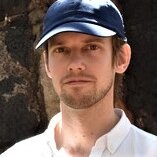
Martin Polkinghorne
Martin Polkinghorne is a Senior Lecturer in Archaeology at Flinders University, Australia. Between 2011 and 2014, he led the Australian Research Council (ARC) Discovery project on pre-modern craft economies in Cambodia. This initiative discovered the first historic bronze foundry known in Southeast Asia and continues to excavate at Angkor.
Martin is a Chief Investigator of the ARC-funded Greater Angkor Project’s Urbanism after Angkor (14th — 18th century CE): re-defining collapse. In a complementary research program, Martin led the ARC Discovery Early Career Researcher Award (DECRA) project New Light on Cambodia’s Dark Age: The capitals of Cambodia after Angkor (1350 – 1750). Together these projects are conducting the first archaeological investigations of Cambodia’s Early Modern Period capitals on the banks of the Mekong and Tonle Sap arterial rivers.
Research of Cambodia during a time of quickening international trade reveals critical linkages between the celebrated Angkorian past and the present-day.
Martin Polkinghorne is Director of the University of Sydney Angkor Research Facility in Siem Reap, an Honorary Research Fellow of the Asian Studies Program, The University of Sydney, and a Member of the Advisory Board of Friends of Khmer Culture.

